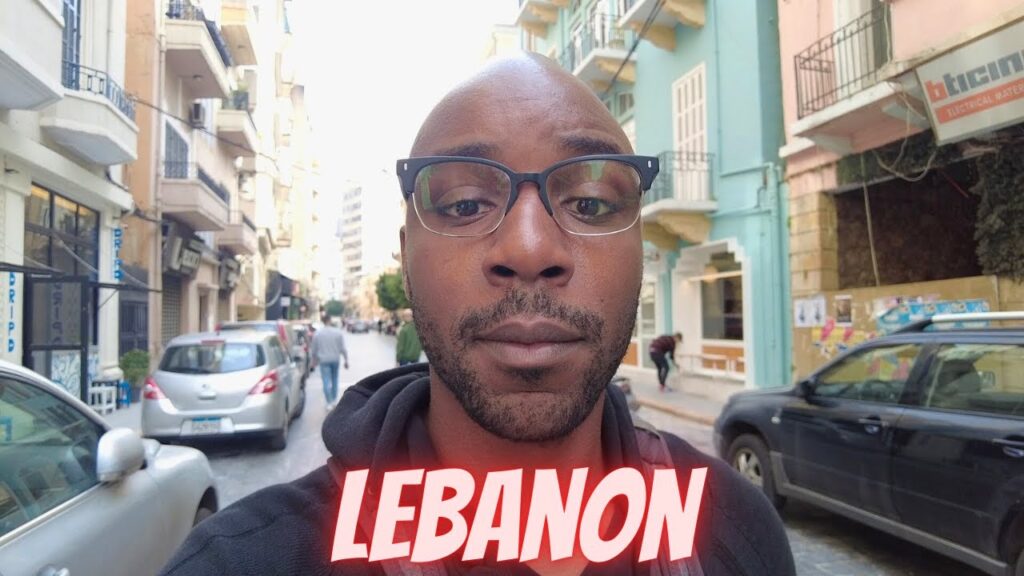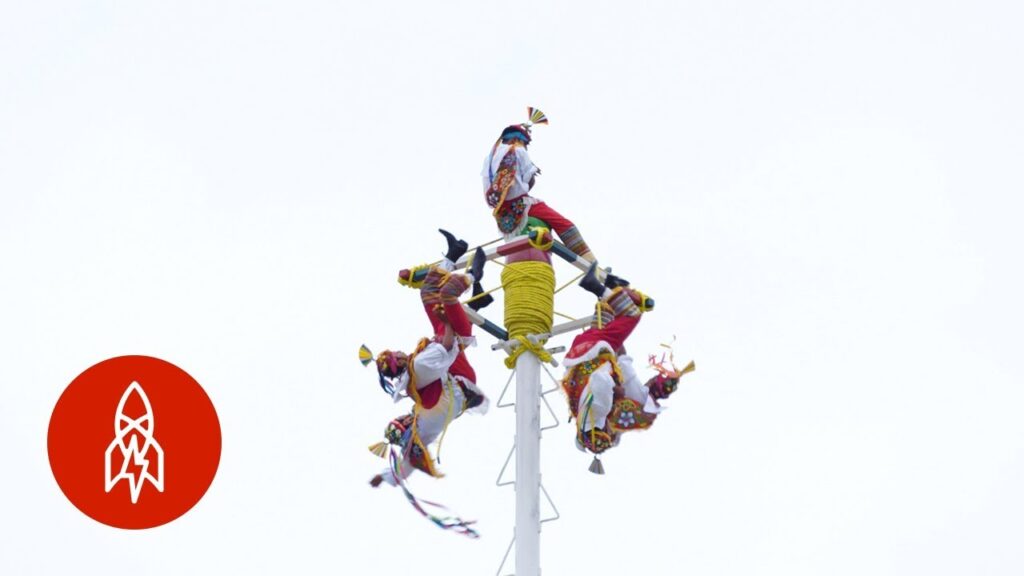Exploring the Lebanese Emigrant Monument in Mexico
The Lebanese Emigrant Monument stands as a tribute to the cultural influence and contribution of Lebanese migrants in Mexico. Located in the bustling city of Mexico City, this monument is more than just a symbol; it’s a beacon of the rich diversity that has come to define the nation. Erected in 2010 and designed by the sculptor Jose Carlos Cabello Millan, the monument features a bronze statue of a migrant looking towards the horizon, symbolizing hope and new beginnings.
Visitors to the monument will find themselves immersed in the stories of the Lebanese immigrants who began arriving in Mexico in the late 19th century. With each wave of migrants, the fabric of Mexican society was woven with threads of Lebanese culture, from gastronomy to commerce, exemplified by the influence in popular dishes such as tacos al pastor, an adaptation of the Lebanese shawarma. The site also provides an opportunity to recognize prominent figures of Lebanese descent who have impacted Mexico’s arts, politics, and business sectors.
Surrounding the monument, the plaza incorporates intricate mosaics and designs reminiscent of traditional Lebanese art, offering a visual feast that complements the historical narrative. The ambiance of the plaza invites contemplation and provides a serene space in the heart of the city for reflection on the intertwined histories of Lebanon and Mexico. Annual cultural events and commemorations take place at the monument, fostering an ongoing dialogue about the role of immigration in shaping national identity and cultural heritage.
The History Behind the Lebanese Emigrant Monument
The Lebanese Emigrant Monument in Mexico is a profound symbol that commemorates the significant Lebanese migration waves which began in the late 19th century. This towering structure serves not only as a testament to the hardships and triumphs of the Lebanese people but also as a bridge between Mexico and Lebanon, celebrating the enduring bonds that have arisen through decades of cultural exchange. Its location in Mexico City is a deliberate choice, reflecting the deep integration of Lebanese Mexicans into the fabric of the nation’s capital.
In order to understand the monument’s importance, one must look back to the 1800s and early 1900s, when socio-economic difficulties and political turmoil in the Ottoman Empire, which encompassed Lebanon at the time, prompted many Lebanese to seek better lives abroad. Mexico became one of the principal destinations, offering Lebanese immigrants a chance to rebuild their lives with hope and dignity. The contributions of the Lebanese community to Mexican society in terms of business, culture, and gastronomy are indeed profound and include influencing the iconic taco al pastor, a culinary delight with Lebanese origins.
The design of the monument itself is rich with symbolism. It features a solitary figure of a migrant looking towards the horizon, symbolizing the gaze towards a new life and the preservation of identity amidst change. The sculpture is a poignant reminder of the journey many immigrants endured, leaving behind everything familiar for the uncertainty of a new world. The figure stands atop a series of steps with inscriptions that tell the story of Lebanese migration to Mexico, offering passersby a chance to walk a metaphorical path through this shared history.
Each year, the Lebanese Emigrant Monument attracts visitors of all backgrounds, not just those of Lebanese descent. It has become a site of reflection and appreciation for the broader theme of migration and the resilience of the human spirit in the face of adversity. Events and ceremonies are regularly held at the monument, serving to reinforce the Lebanese-Mexican community’s ties to their ancestors’ legacy and promote an understanding of the multicultural tapestry that is Mexico today.
Cultural Significance of the Monument to Mexico and Beirut
The Monument to Mexico and Beirut stands as a poignant symbol of the enduring connection between Mexico and Lebanon. It serves as a testament to the waves of Lebanese immigrants who made their way to Mexico, starting in the late 19th and early 20th centuries, and whose descendants have since become an integral part of the country’s diverse cultural fabric. The monument is not only a tribute to these communities but also a celebration of the cross-cultural exchange that has contributed to the economic, social, and political landscape of both nations.
Located in Mexico City, the monument is a visual reminder of the shared history between Mexico and Lebanon. It epitomizes the solidarity between the two countries, especially following events such as the tragic explosion in the port of Beirut in 2020. Mexico was one of the first nations to respond with humanitarian aid. This gesture was deeply appreciated by the Lebanese people and highlighted the strength of the bond that the monument represents. The structure stands as a bridge that connects the two cultures, embodying the support and camaraderie that extend across the ocean.
The design elements of the Monument to Mexico and Beirut are rich with symbolic references, reflective of both the Mexican and Lebanese heritages. Traditional Lebanese cedar trees and the iconic symbol of the Mexican eagle are artfully integrated into the aesthetics of the monument, signifying the growth and protective strength inherent in this bilateral friendship. These symbols are deeply entrenched in the respective histories and mythologies of the two countries, creating a visual dialogue that speaks to the histories of both nations.
Throughout the year, the Monument to Mexico and Beirut becomes a hub for cultural activities, including celebrations of Lebanese independence day and an array of Mexican national holidays. These events are a vibrant showcase of the fusion of Lebanese and Mexican cuisine, music, dance, and art, providing a space for people of both heritages to share and experience their cultures. The monument thus plays a crucial role in promoting cultural understanding and diversity within the community.
For visitors and locals alike, the Monument to Mexico and Beirut is more than just a sculpture; it’s an educational landmark. Guided tours often focus on the history of Lebanese immigration to Mexico and highlight the contributions of Lebanese-Mexicans to the country’s development. Prominent figures of Lebanese descent, such as Carlos Slim, one of the world’s richest men, are celebrated for their impact on the nation’s growth. By fostering an atmosphere of learning and recognition, the monument encourages ongoing dialogue about the importance of immigration and multiculturalism in modern society.
Visiting the Tribute to Lebanese Immigrants in Mexico
Mexico’s rich cultural tapestry is embroidered with the vibrant threads of many immigrant groups, among which Lebanese immigrants hold a distinguished place. As you wander through the streets of Mexico City, the Tribute to Lebanese Immigrants beckons—its significance not only reflecting in its grandeur but also in the poignant histories it encompasses. This monument is much more than an architectural feat; it’s a bridge connecting past and present, honoring the enduring Lebanese influence on Mexican culture, cuisine, and community life.
Standing tall in the heart of Paseo de la Reforma, one of the most iconic avenues in Mexico’s capital, the monument was inaugurated in 1960 to commemorate the 50th anniversary of the Lebanese immigration to Mexico. Visitors are immediately captivated by the intricate details of the sculpture—expertly carved figures and motifs that tell a story of struggle, resilience, and contribution. This historical marker not only pays homage to the first Lebanese families that sought new horizons but also reminds us of the shared principles and aspirations that unite different cultures.
As you continue to explore this lasting tribute, you’ll discover how Lebanese immigrants have woven their legacy into the nation’s fabric. From introducing savory culinary delights such as tacos al pastor—a unique twist on the traditional shawarma—to establishing themselves in Mexico’s textile and commerce industries, their impact is felt in every corner of the country. This monument stands not just as a testament to their past, but as an ongoing narrative of their contributions shaping contemporary Mexican life.
The tribute’s location is no coincidence; it’s strategically placed to symbolize the cross-cultural dialogue between Mexico and Lebanon. Surrounded by verdant foliage and the bustling noise of the city, it offers a moment of reflection—a serene space where the spirit of the Lebanese community and its partnership with Mexico is celebrated. Whether you’re of Lebanese descent or simply a traveler with an appetite for history, the Tribute to Lebanese Immigrants in Mexico is an essential stop on your journey through the multifaceted landscape of Mexican heritage.



